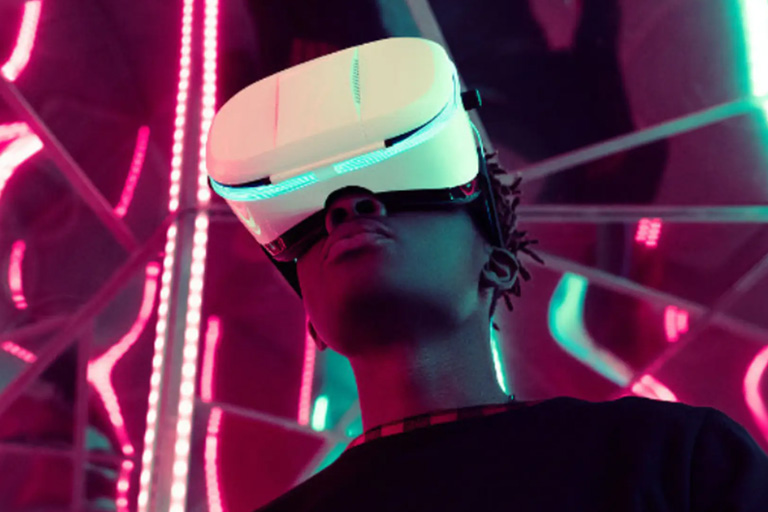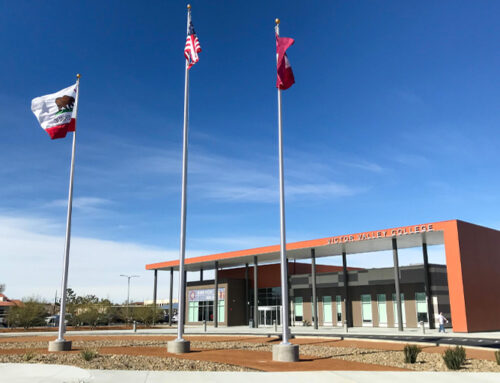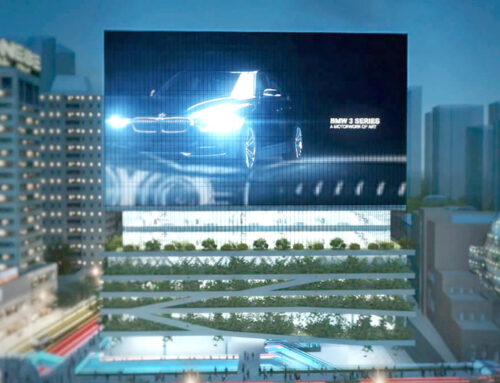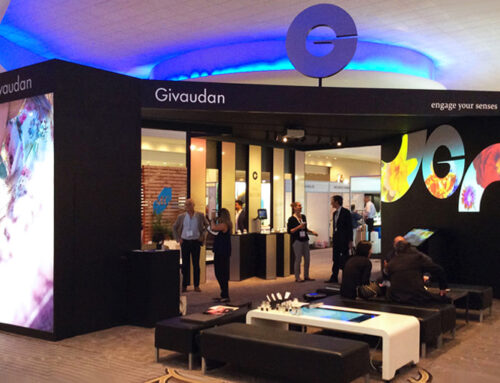Augmented reality (AR) and virtual reality (VR) are the building blocks of a shared online experience. Today, this technology is offering new dimensions for consumers to connect with brands and their products.
Often, the conversation underpinning AR and VR technology is ‘what’s next’. But today, we’re approaching a tipping point. For brands, AR and VR is what’s now. More than a billion people are now using AR and VR experiences powered by Spark AR, with 600 million using AR across Facebook and Instagram alone.
The digital acceleration has seen AR and VR adoption on a wide scale, driving a deeper impact for brands. There has been a 44% year-on-year increase in people searching for AR and VR, with a 74% rise in membership of groups related to such content. For businesses this creates opportunities to build creative experiences that drive tangible results.
In a recent episode of Insights Live, Meta’s monthly thought leadership webinar series, we explored the endless possibilities opened by AR and VR technology for brands. This followed the launch of the first volume of Hello Future, a new quarterly series, which explores how AR and VR will transform our lives. Here we give you our key findings.
The individual AR experience
AR is already integrated into commerce experiences, such as product try-ons. And its adoption is growing: 82% of Facebook’s community has used AR in the past year and some of the 1.2 million effects published every day across Facebook and Instagram. In 2020, we saw a 6x growth in AR adoption among businesses globally. That figure will only grow: 75% of business leaders plan to lean on AR and VR by 2023. For brands, this presents a prolific opportunity.
So far, much of AR’s usage has focused on “people effects” and the forward-facing camera experience, says Eric Oldrin, director of Creative Shop, Emerging Platforms at Meta. “It’s the rear-facing experience and ‘world effects’, which open up endless creative opportunities as we move towards wearables, the augmented world experience and multitarget tracking.” That means moving beyond face filters and product try-ons – the individual experience – and incorporating AR into more immersive commerce experiences.
We’re moving towards AR wearables. For example, Ray-Ban Stories are smart glasses that allow users to take photos and video, listen to music and answer phone calls. “If I’m at a concert, taking a photo through my phone takes me out of the moment,” Oldrin adds. “Ray Ban Stories allow us to continue having a sense of connection and presence within a moment, without breaking it so much.”
The next virtual steps
Video calling is a cultural phenomenon. Accelerated by the pandemic, voice and video calling has more than doubled on Messenger and WhatsApp, with group video calls growing by more than 70% in one week on Messenger in the US. The potential is going beyond the grid, says Oldrin. “With AR, we can play with breaking the current grid set-up on video calls and placing people into scenes. It provides opportunities to collaborate – creating a sense of co-presence, sharing a space together and connecting around a moment.”
Social AR can help people and brands connect in more meaningful ways. We’re already seeing brands go beyond the filter using Meta Creative Shop effects. For example, Disney has leveraged AR video calling on Messenger to transport users onto a movie set. The likes of Cheetos and Pringles have transformed entire spaces by integrating virtual objects into the real world.
Currently, AR effects can be surfaced on brands’ pages or profiles or through organic posts. Effect links or QR codes can be utilized for location-based effects. And AR ads, allow brands to build a paid media campaign around AR effects and integrate them into brand objectives.
Tomorrow’s reality is
AR and VR are the building blocks of the future, says Oldrin. Going forward, we’re likely to see more location-based AR, and the intersection between the physical and digital worlds. For example, visual effects company The Mill have used Spark AR Studio to create AR effects which bring paintings to life at Tate Britain, allowing visitors to explore hidden narratives behind artworks.
It’s VR that will bring us closer to the metaverse and the shared virtual online experience. “The core value proposition is bringing people together, defying distance and creating a sense of presence with one another,” explains Oldrin. “It can create a sense of social presence, across impossible distances, from Mars to a house down the street.”
Fundamentally, VR can create a sense of empathy. Cinematic experiences offer users the opportunity to have a fresh perspective and consider the conditions of others. Traveling While Black, for example, immerses viewers in the history of Black Americans’ restricted movement. “It’s like walking in another person’s shoes,” says Oldrin. “It helps give you an understanding of someone else’s life.”
VR can tell the story of brands, too. We’ve already seen this with the Paralympics’ immersive WebXR experience, recreating real-life athletic moments virtually. Oldrin explains that the Creative Shop team have also built a prototype of a motorised bike in VR, translating product features from the physical into virtual, such as weight and motion, to allow for virtual test drives.
VR technology, ultimately, will help bring people together – and connect consumers with brands. “The sweet spot for VR experiences is connecting people,” says Oldrin, “driving a sense of empathy and product and brand consideration by defying distance and translating physical attributes into virtual experiences.”






